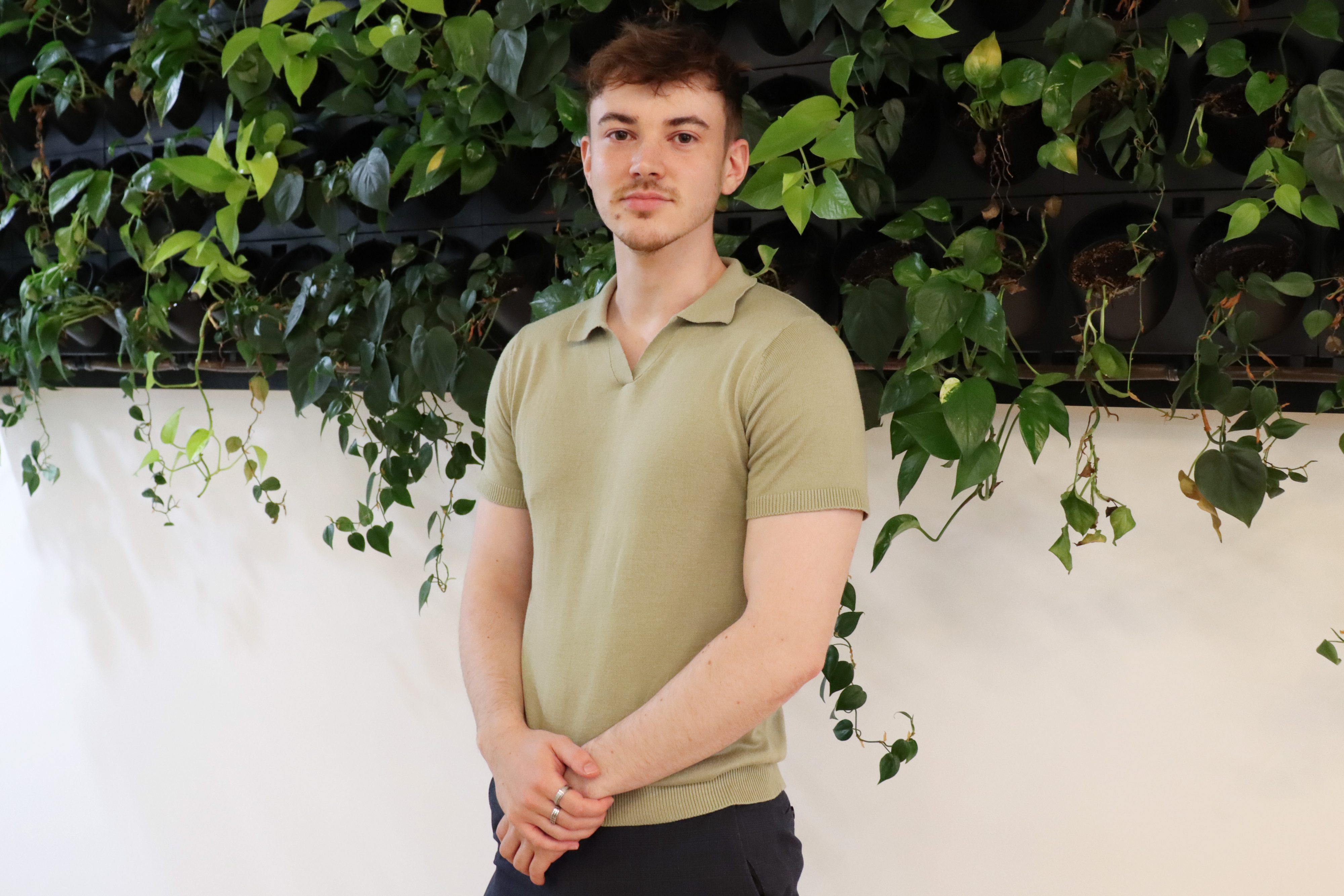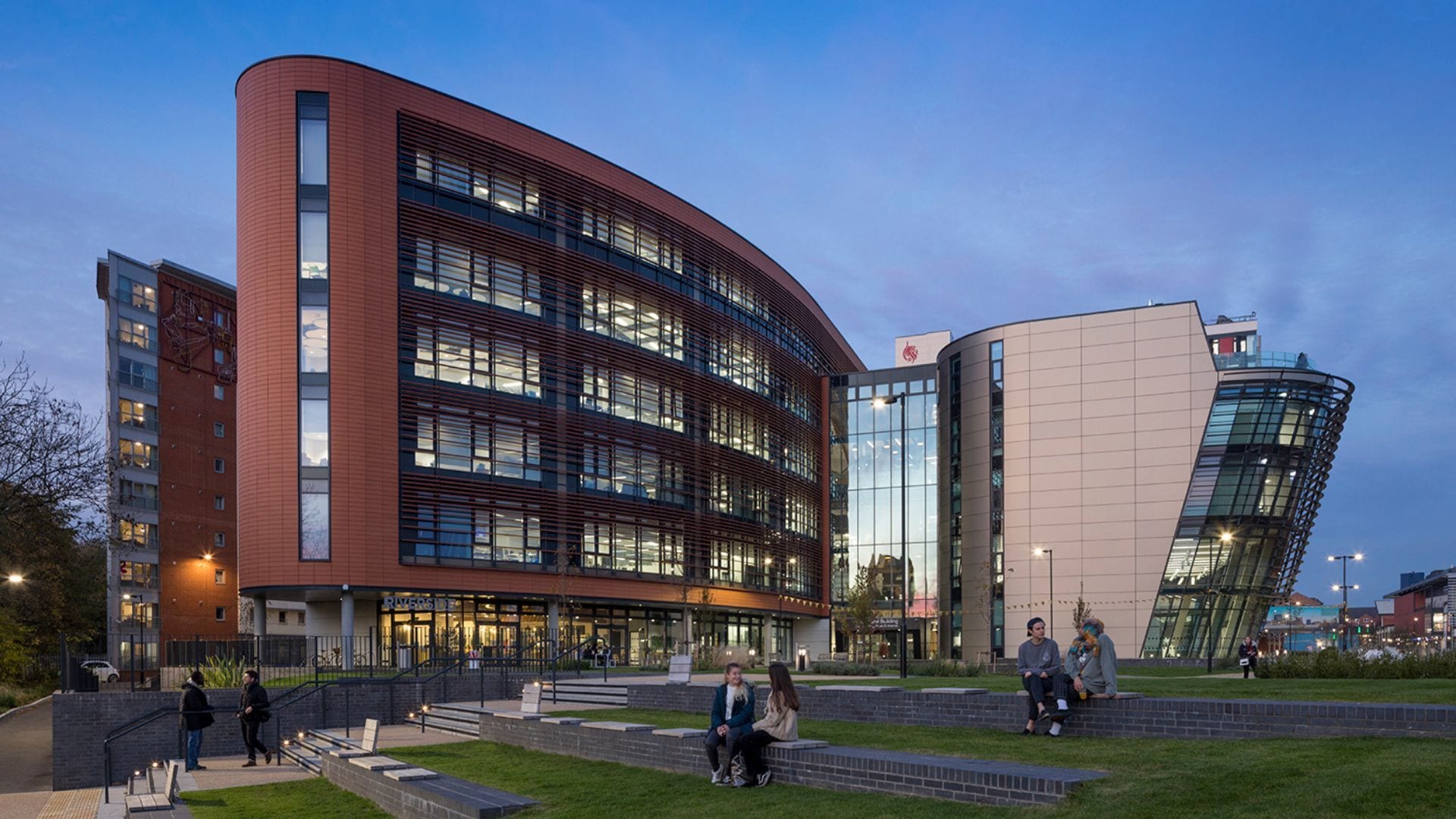
03 Jul 2025
Currently working on a number of school projects, Ieuan brings a growing passion for creating resilient, long-lasting architecture.
As part of our focus on creating community, we asked Ieuan to reflect on his experience so far and how the spaces we design can serve people for generations to come...
You’ve been working across a variety of school projects, what have you learned about the role architecture plays in shaping learning environments and school communities?
The response we get from teachers when they see their new schools speaks volumes about the impact architecture has not only on the pupils, but also their ability to learn. This is especially evident in a number of the school replacement programmes, where teachers, who are currently having to teach in very poor conditions, are getting modern teaching facilities to aid them in delivering education to give pupils the best opportunity to excel.
What does resilient and persistent architecture mean to you?
40% of total waste that the UK produces is due to the construction industry. As we move to creating more sustainable architecture, the longevity of our buildings is a key factor. Our buildings should be built to last and adaptable to programmatic changes in the future, as well as a changing climate. The UK is a country with such a rich history; and creating resilient and persistent architecture for the future is our way to create a legacy reflecting current times.
How do you think architects can balance durability with flexibility, especially when designing for schools that evolve with their communities?
Helping to integrate schools with the wider community is so important, through providing facilities that locals want to use, as well as an adaptable floor plan that allows for out-of-hours community use. Schools that have a blend between private and public usage are the most successful in my opinion. Curriculums will change, and it’s so important architects design schools that are adaptable to whatever needs teachers have in the future.
Are there any recent projects where community input or needs played a major role in shaping the outcome?
We have a number of schools in the design stage that are looking at key ways to integrate the wider community, especially through shared sports facilities with the school.
What are some subtle design decisions that can make a school feel safer, more inclusive or more welcoming to its users?
Clear and legible signage is so important in schools, especially for pupils with both physical and learning impairments. For new pupils, starting school can be daunting and overwhelming. Creating spaces they feel comfortable and can navigate easily is such a simple thing architects can do to help the users feel at ease and more comfortable.
In your view, what makes a piece of architecture truly ‘community-first’?
Projects that engage in community consultation early in the process are often very successful. Each community has different needs and wants, and architects must listen to those members of the community to enact impactful change.
Do you think there’s a link between resilient design and social sustainability - in other words, creating places where people want to stay, gather and grow?
Absolutely. Buildings should be designed to have a long lifespan and therefore will impact a community for generations. That is why it is so important to have social sustainability at the forefront of mind when designing resilient buildings. The question needs to be asked of not only how this building is going to serve the community now, but what is the plan for the building to serve the community for generations to come.
Looking ahead, are there any particular types of projects or design challenges you’d like to take on?
Working on higher education projects would be a nice full circle moment for me. The facilities at the CPMG designed Vijay Patel Building at DMU was the reason I chose that university for my Part 1 studies. Fast forward 3 years after graduating and I was joining the practice, so to contribute to those projects would mean a lot.

If you could design one space that would stand the test of time and meaningfully serve its community - what would it be, and why?
Ironically, a space with no long-term definition. Society changes so quickly, and our buildings have to adapt to programmatic change, but one that reidentifies and revitalises an area is one that is likely to have the largest impact on a community. Whether that is educational facilities, industrial, commercial, or residential. There is the quote that ‘the greenest building is the one that is already built’, so whether we have an increased demand for residential buildings or industrial buildings in the future, a building that can adapt to whatever demand will be the most successful, and the most sustainable. A brilliant example is the Royal Albert Dock in Liverpool, originally an industrial dock and warehouse, it became a naval base during the second world war and has now been revitalised to become a social and cultural hub in Liverpool city centre.